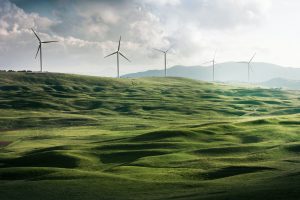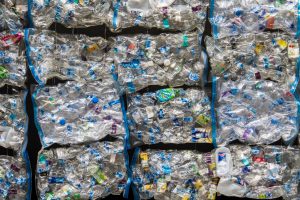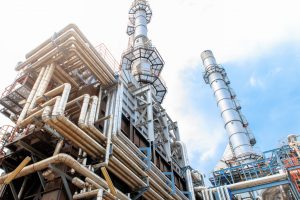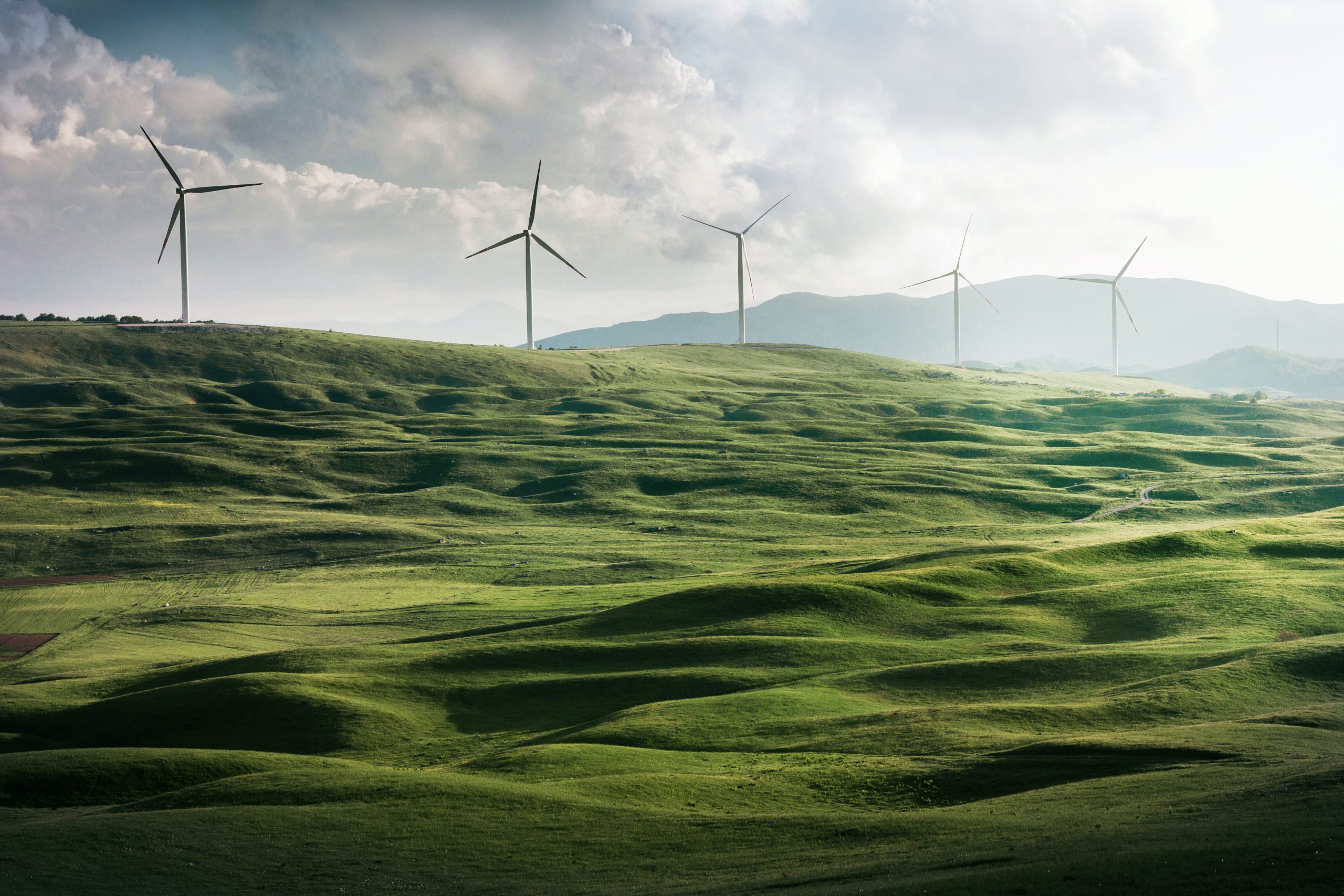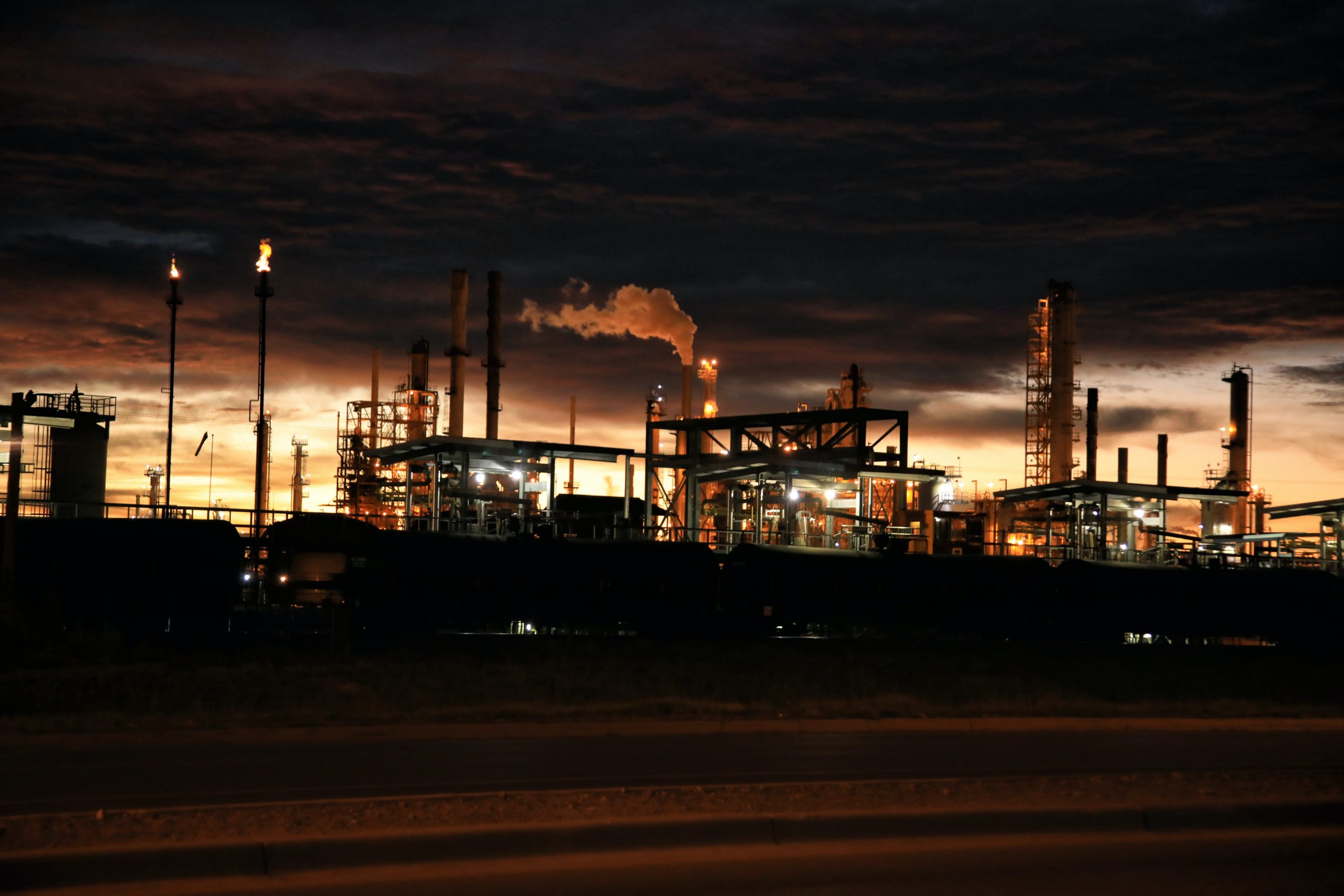Greenhouse gas emissions from nitrogen fertilizers could be reduced by up to one-fifth of current levels by 2050 with combined interventions
A new study published by Yunhu Gao and André Cabrera Serrenho shows that emissions from global fertilisers could be cut by 84% by implementing a combination of policy solutions and technological measures.
Fertilisers are a crucial ingredient of the global food industry. But nitrogen fertilisers also account for 5% of global greenhouse gas emissions. Governments and industry stakeholders are therefore faced with a problem: how do we reduce carbon emissions whilst still producing food to cater for global needs? This challenge is heightened by the UN’s forecast that global demand for food is set to grow by more than 20% by 2050.
A new study from researchers on the C-THRU project reveals that emissions from synthetic fertilisers could be cut by 84% by 2050 if a range of policy and technology solutions were adopted together. They asked the question: how do we produce enough food whilst reducing emissions to meet climate mitigation targets?
The study mapped the global flows of nitrogen fertilisers to show what happens to materials and energy throughout the lifecycle of fertilisers. This enables us to see where along the journey greenhouse gases are emitted, from processes of raw material extraction through refining and production to the application of fertilisers to crops.
2/3 of emissions from fertilisers arise when they are used on crops
The global mass flow map revealed that two-thirds of emissions from fertilisers arise in the use-phase, when they are applied to crops. This was a surprising result; for most chemical products, the major source of emissions is the production phase. Using the mass flow model, the researchers were then able to create scenarios to explore the emissions-saving potential of a range of options available to policymakers and industrial actors.
In the business-as-usual scenario, emissions from synthetic fertilisers are set to rise to 1.66 Gigatonnes of CO2 equivalent (the combined impact of the different greenhouse gases produced) per year by 2050. The researchers used their model to explore the possible emissions savings that could be made if a range of policy and technological measures were made. These measures need to cover both the production and the use phases of fertilisers.
Cutting emissions from fertiliser production
1/3 of emissions from fertilisers arise from their production. Within this, most production emissions arise from ammonia synthesis, for which hydrogen and nitrogen are required. The researchers modelled the impact of a range of potential supply-side interventions to reduce emissions from the production and synthesis of these feedstocks.
The first intervention involves using water electrolysis powered by wind energy to create hydrogen. This is an alternative production route to the conventional steam methane reforming (SMR) process. Deploying electrolysis at scale would constitute a significant shift in the way fertilisers are produced.
The researchers also modelled the emissions reductions that would result from using wind energy to power chemical reactions and retrofitting current SMR facilities with carbon capture and storage technologies.
Cutting emissions from fertiliser use
However, the most significant emissions savings can be made in the use-phase. Here, the options for reducing greenhouse gas emissions include the use of nitrification and denitrification inhibitors and shifting the mix of fertilisers used to prioritise those which release the least emissions. Nitrification and denitrification inhibitors work by inhibiting the work of bacteria, which break down nitrogen fertilisers in the soil, releasing nitrous oxide, one of the most potent greenhouse gases.
The single most effective intervention the team identified is demand reduction. Reducing fertiliser demand could be achieved by strategically applying smaller amounts of fertiliser at the right rates and at the right times. This contrasts with the current standard practice, which often involves the mass application of fertilisers across large areas of cropland.
The researchers modelled the potential impact of each intervention individually, and then considered the cumulative impact of applying combinations of strategies. When combined with electrolysis and nitrification inhibitors, demand reduction was found to mitigate 78% of the emissions from the business-as-usual scenario by 2050.
Overall, the researchers found that 84% of global emissions from synthetic fertilisers could be reduced by 2050 if all the intervention measures they modelled were applied in combination. The mix of different types of solution identified is significant; tackling emissions is not simply a technological challenge.
Speaking to press, co-author André Cabrera Serrenho said that “There are no perfect solutions. We need to rethink how we produce food, and what sorts of economic incentives work best. Perhaps that means paying farmers to produce fewer emissions, perhaps that means paying more for food. We need to find the right mix of financial, technological and policy solutions to reduce emissions while keeping the world fed.”
The research has quickly garnered interest from news platforms across the globe. The revelation that the use phase is so significant for fertiliser emissions could catalyse efforts to build a more sustainable future for the agricultural sector. If the combination of technical and policy measures considered in this paper were applied together, the sector could cut its emissions by over 80% by 2050.
Read the full paper in Nature Food here: Greenhouse gas emissions from nitrogen fertilizers could be reduced to up to one-fifth of current levels by 2050 with combined interventions
Links to global news articles about the paper:
https://www.voaafrica.com/a/fertilizer-greenhouse-emissions-studied/6955556.html
https://www.eurekalert.org/news-releases/978938
https://phys.org/news/2023-02-carbon-emissions-fertilizers.html
https://www.arabnews.com/node/2248016/business-economy
https://www.sciencedaily.com/releases/2023/02/230209114736.htm
https://www.earth.com/news/carbon-emissions-from-fertilizers-could-be-cut-by-80-percent/
https://vervetimes.com/carbon-emissions-from-fertilizers-could-be-reduced-by-as-much-as-80-by-2050-sciencedaily/https://newsazi.com/carbon-emissions-from-fertilizers-could-be-reduced-by-as-much-as-80-by-2050/
Image credit: Yulian Alexeyev
